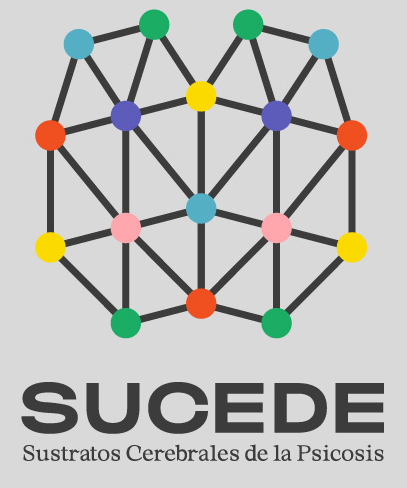Schizophrenia, a severe neuropsychiatric disorder, has driven extensive research into its neuronal underpinnings. In this context, functional network analysis, derived from graph theory, emerges as a robust methodology for investigating brain architecture and dynamics. This approach conceptualizes the brain as a complex network where brain regions act as nodes and neuronal interactions as edges. Such a mathematical representation allows for the quantification of network topological properties, such as segregation and integration, offering a crucial perspective on the functional organization of the brain in pathological states.
Various prior studies, utilizing techniques like electroencephalography (EEG), have consistently documented alterations in functional connectivity in patients with schizophrenia. These anomalies include changes in information transmission efficiency and an atypical reorganization of neural networks, both in resting states and during specific task executions, such as auditory oddball paradigms. These findings suggest that this disorganization in functional connectivity could be a fundamental neurobiological correlate of the cognitive, perceptual, and self-experience symptoms observed in the condition.
A central line of investigation has focused on the relationship between the clustering coefficient (CLC) and self-experiences in individuals with schizophrenia. The CLC, a metric of segregation, quantifies the tendency of nodes to form clusters or groupings, reflecting the functional specialization of brain networks. Research has explored how variations in the CLC, particularly in specific frequency bands like gamma and theta, correlate with dimensions of self-experience, assessed through psychometric instruments such as IPASE. These results provide evidence of an intrinsic association between the topological properties of functional networks and disruptions in self-awareness in schizophrenia.
These methodological advancements not only deepen our understanding of schizophrenia’s pathophysiology at the network level but also point to potential biomarkers based on connectivity. Identifying specific patterns of alteration in brain networks could facilitate the development of more precise diagnostic strategies and potentially inform the design of therapeutic interventions aimed at normalizing aberrant functional connectivity.



